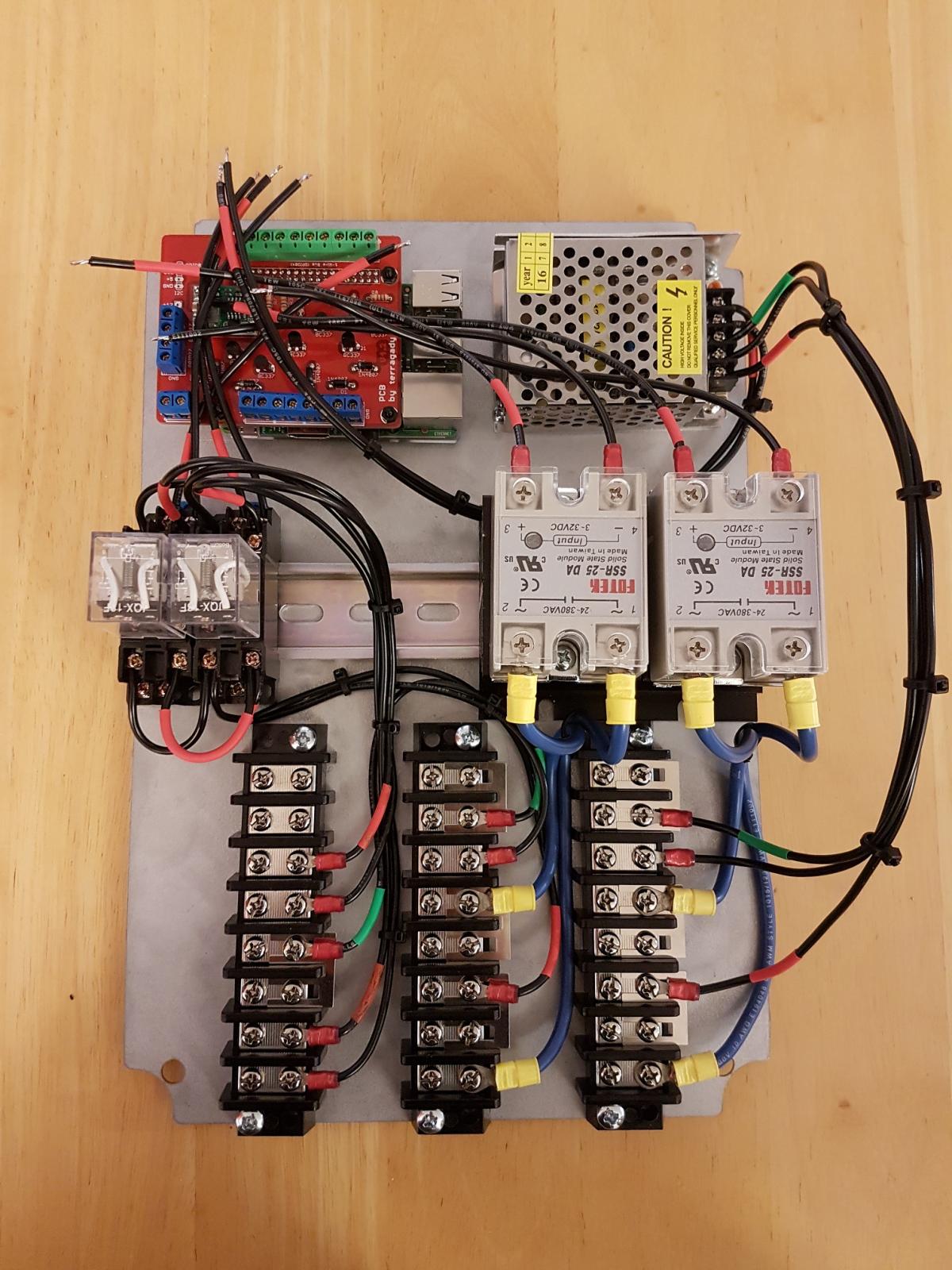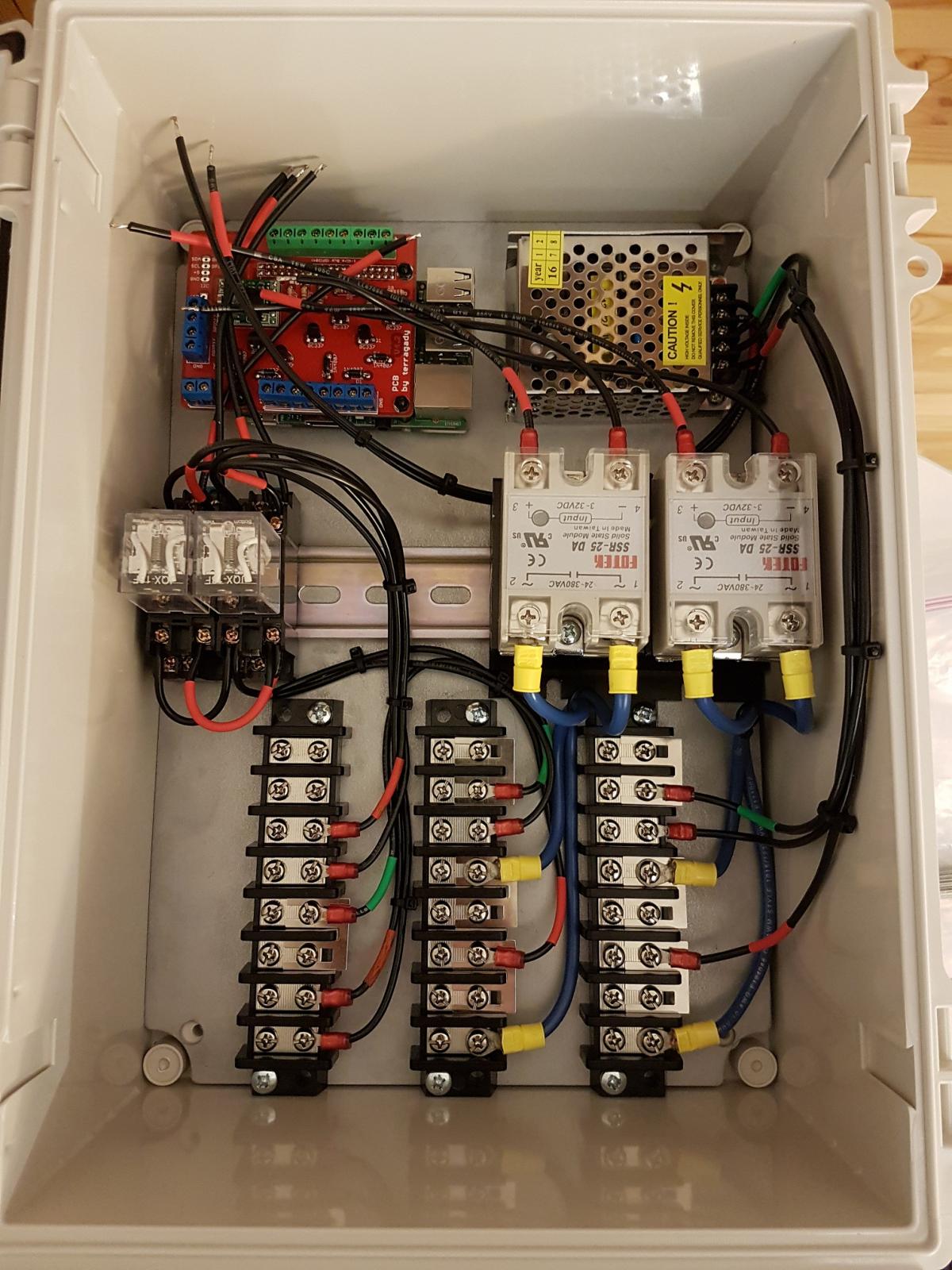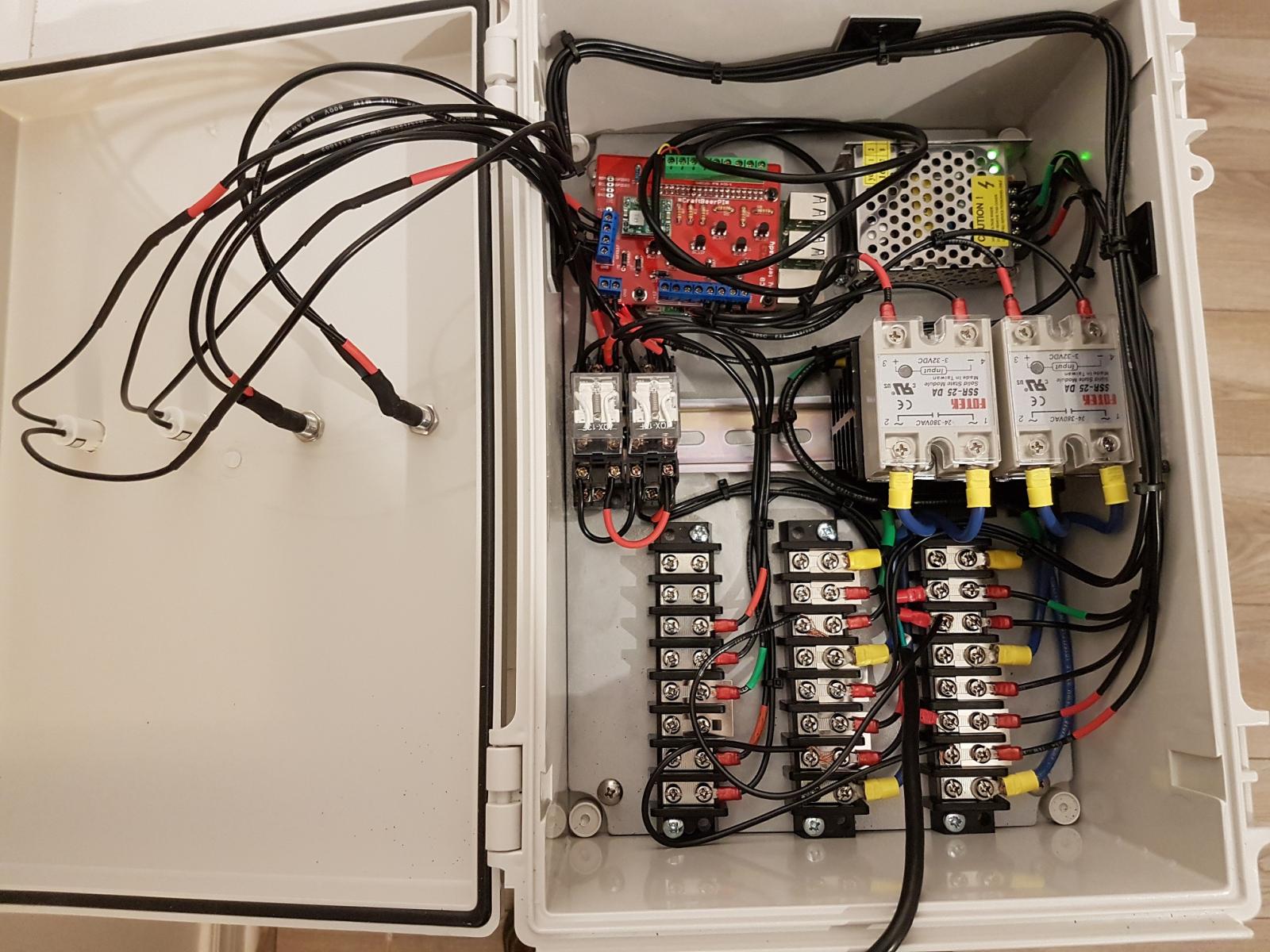I have a question about temperature logic.... I have a Hosehead system (works awesome so far) but not sure what logic I am supposed to use for boil? Is there a way to have a rolling boiling with Craftbeerpi? I tried experimenting with the overshoot logic and whatnot but had a hard time figuring it out.
Do I just leave it on 213deg and have it always on?
What exactly is the overshoot logic by norm?
There are a couple PWM logic add-ons in pull request status. These are aimed at boil control. You can implement them manually if you want to test. They have been discussed earlier in this thread.
i have been testing mine with promising results, but on the 2 batches we did this weekend, we still had to babysit for boil-overs especially during the protein break.








